
1
Overview of Epidemiological
Study Designs
Madhukar Pai, MD, PhD
McGill University
madhukar.pai@mcgill.ca
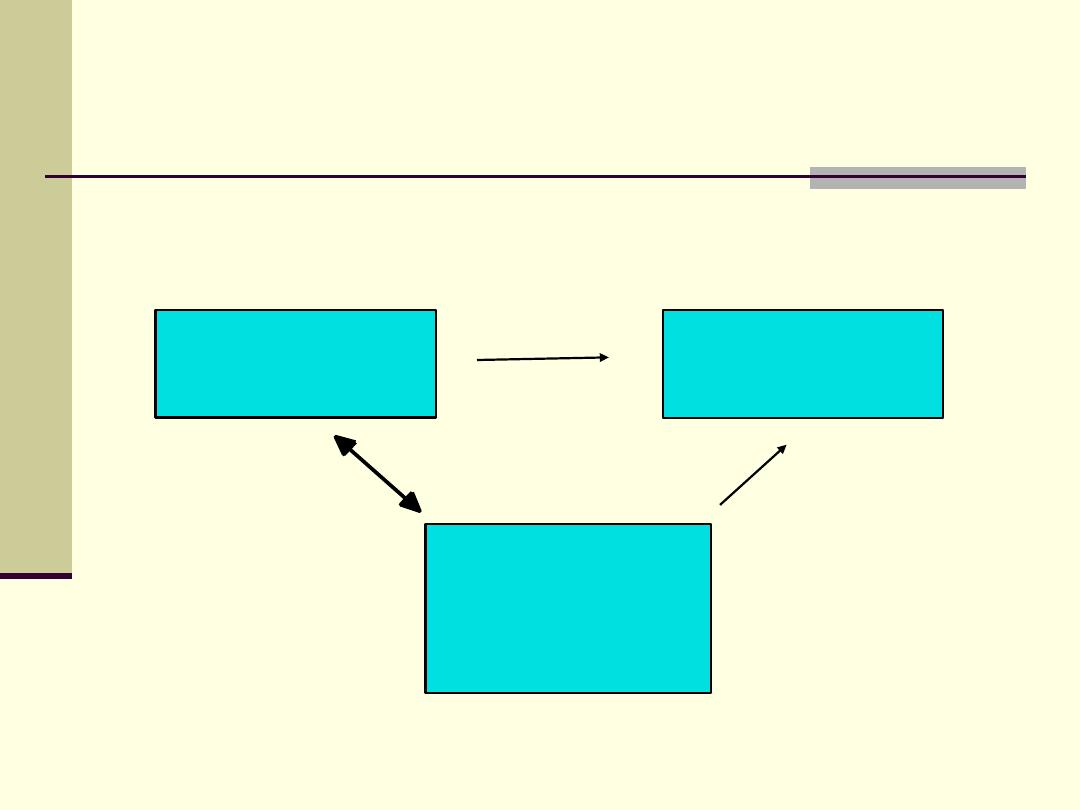
2
Exposures & Outcomes
Exposure
Outcome
Confounders &
effect modifiers
(covariates)

3
Exposures & Outcomes
A major goal of epi research is to explain patterns of
disease occurrence and causation (etiology)
Epi measurements are aimed at quantifying 3 things:
exposures, confounders & outcomes
Once quantified, the association between exposure and
outcome is the central focus of epi studies
There are many ways of evaluating the association
between an exposure and an outcome: these are the
different study designs
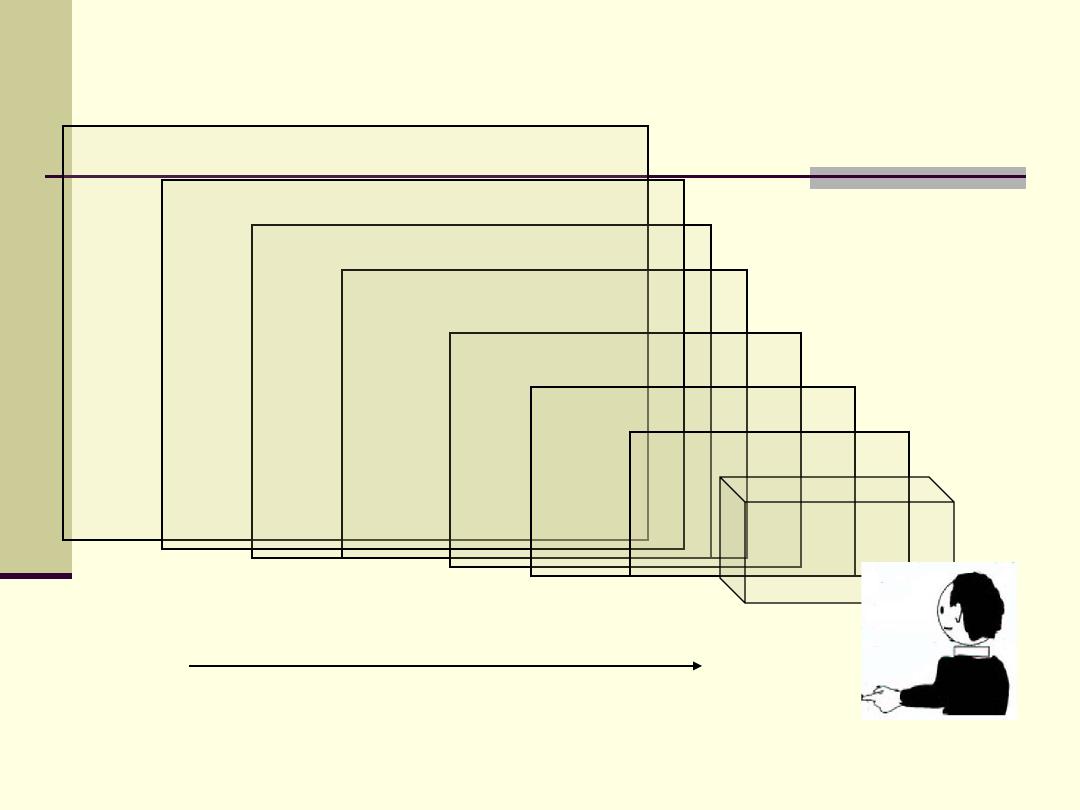
4
Adapted from: Maclure, M, Schneeweis S. Epidemiology 2001;12:114-122.
Causal Effect
Random Error
Confounding
Information bias (misclassification)
Selection bias
Bias in inference
Reporting & publication bias
Bias in knowledge use
The best epidemiologic study will be one that captures the
causal effect of interest with minimal distortion (error)
RR
causal
“truth”
RR
association
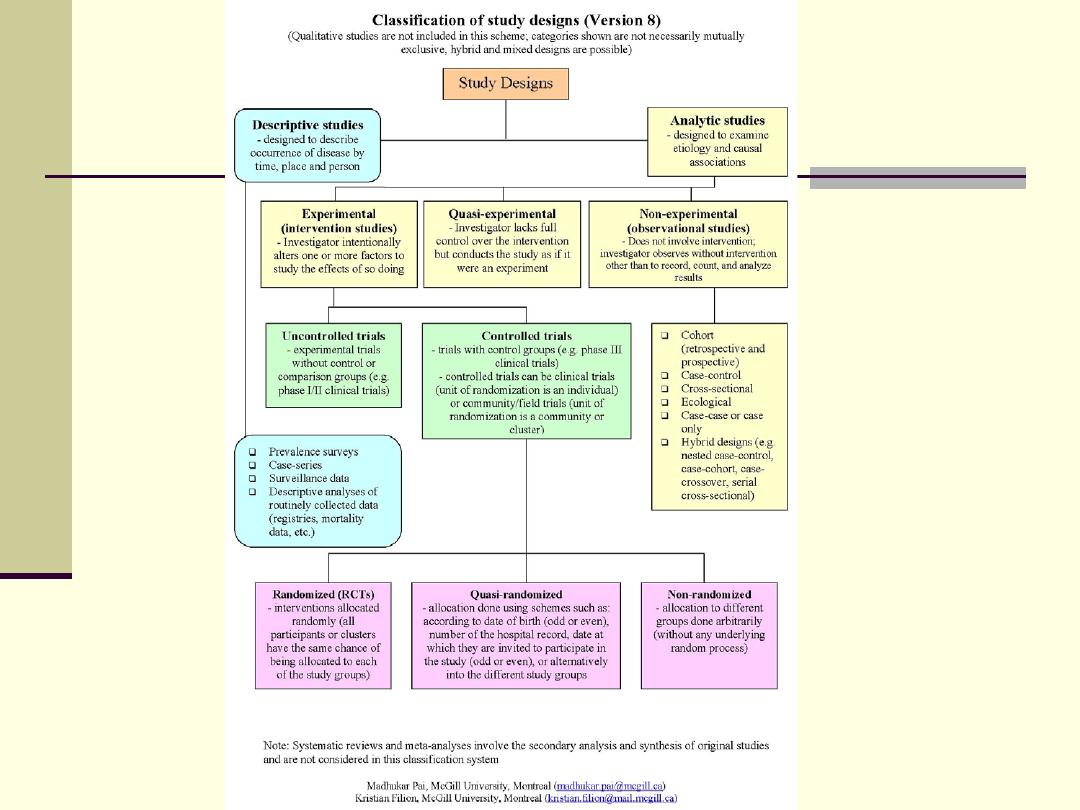
5
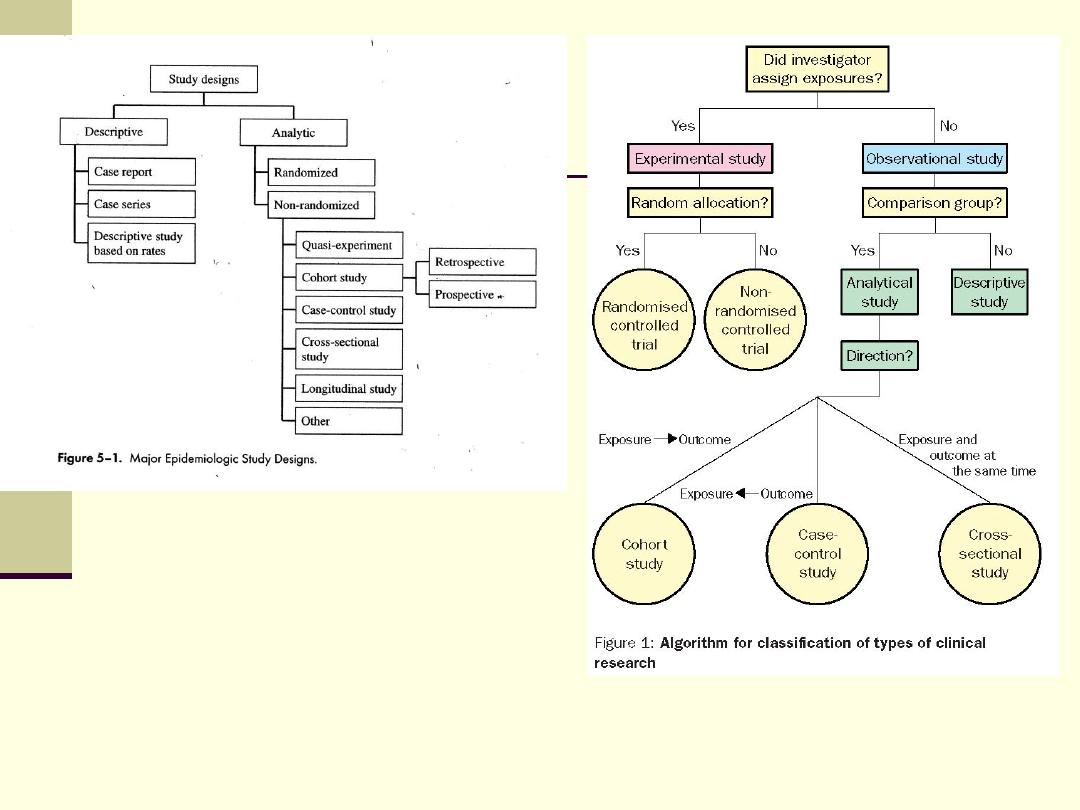
6
Koepsell & Weiss. Epidemiologic Methods. Oxford University Press, 2003
Grimes et al. Lancet 2002;359:57-61

7
Prospective vs. Retrospective
studies
NOT a good classification
Need to separate: direction of the
exposure/outcome analysis vs. how subjects
were recruited into the study
Also, “longitudinal or follow-up study” is not
very informative:
RCTs are longitudinal
Cohort studies are longitudinal

8
Populations vs. cohorts
A population is an aggregate of people
2 ways of defining a population based on membership:
based on a membership-defining event, with the membership
commencing as of that event and lasting for ever thereafter
This is a “cohort”, a closed population, one that is closed for
exit (e.g. a cohort of Nobel laureates or rock stars)
based on a membership-defining state, for the duration of that
state, defining an open population, one that is open for exit, a
population that is dynamic in the meaning of turnover of
membership
Cohort = closed for exit [some call it “closed or fixed population”]
Population = open for exit [some call it “open or dynamic
population”
[Source: Miettinen OS, 2007]
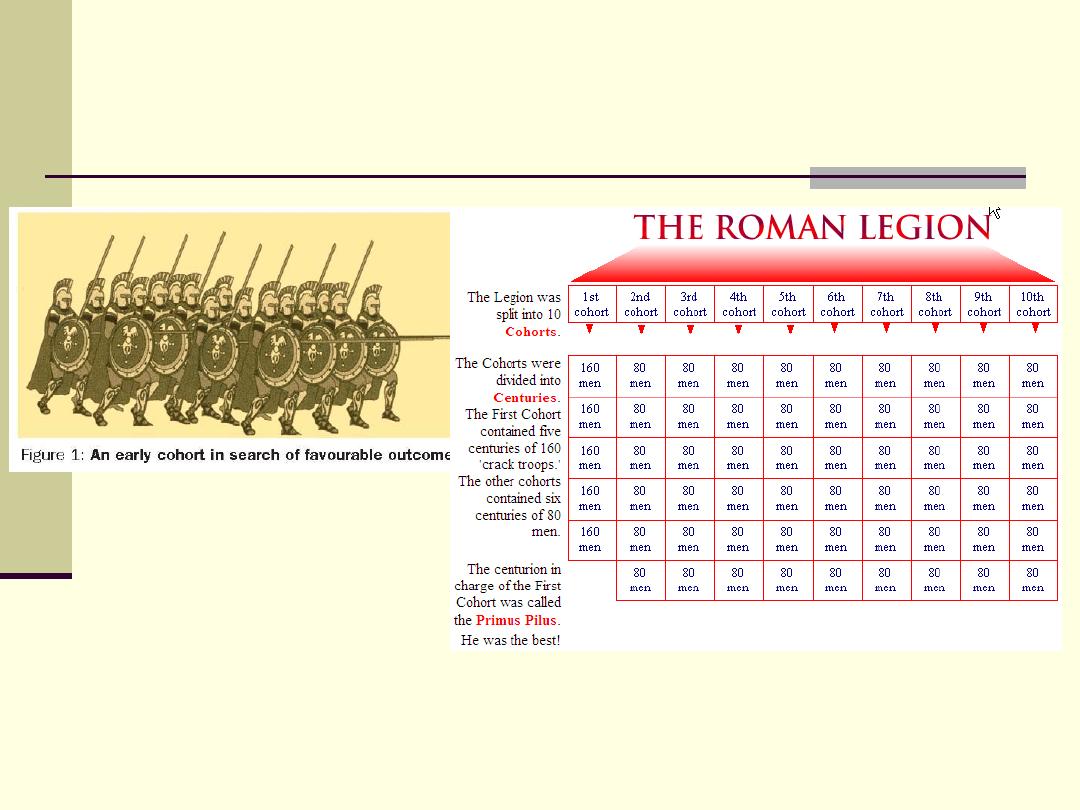
9
Cohort
Grimes et al. Lancet 2002;359:341-45
http://www.caerleon.net/
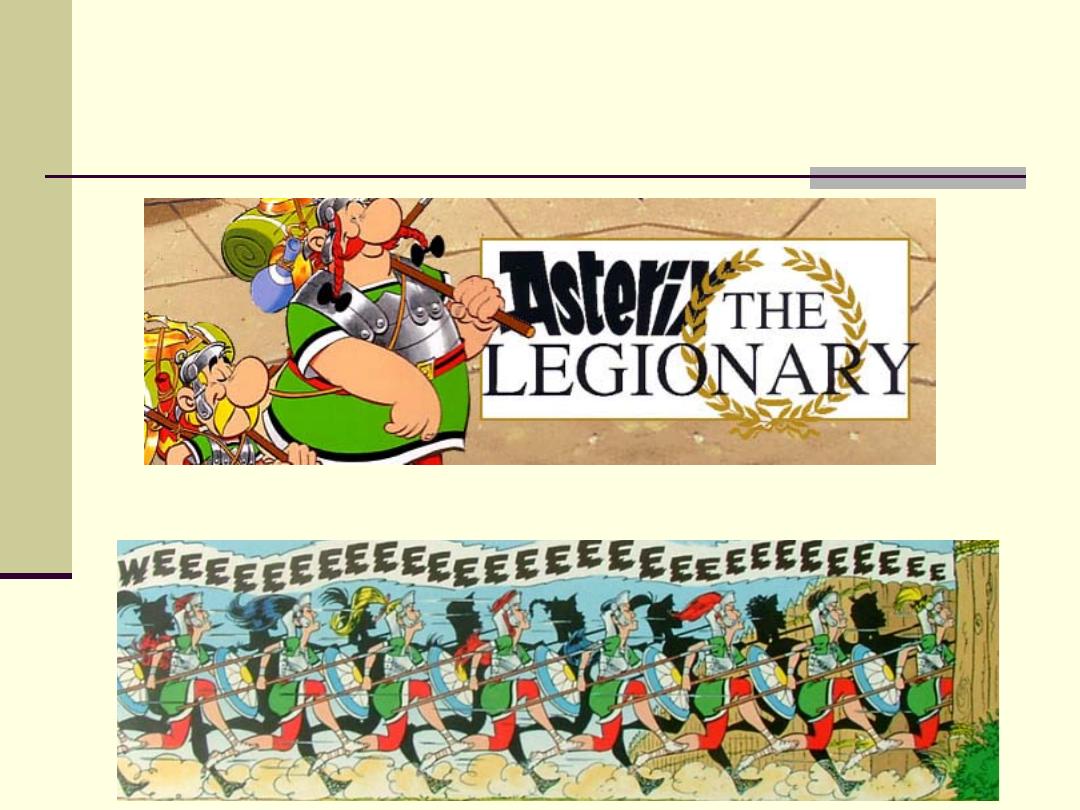
10
Quiz: Who totally enjoys bashing up cohorts?
And the only cohort they were too gentlemanly to bash up?
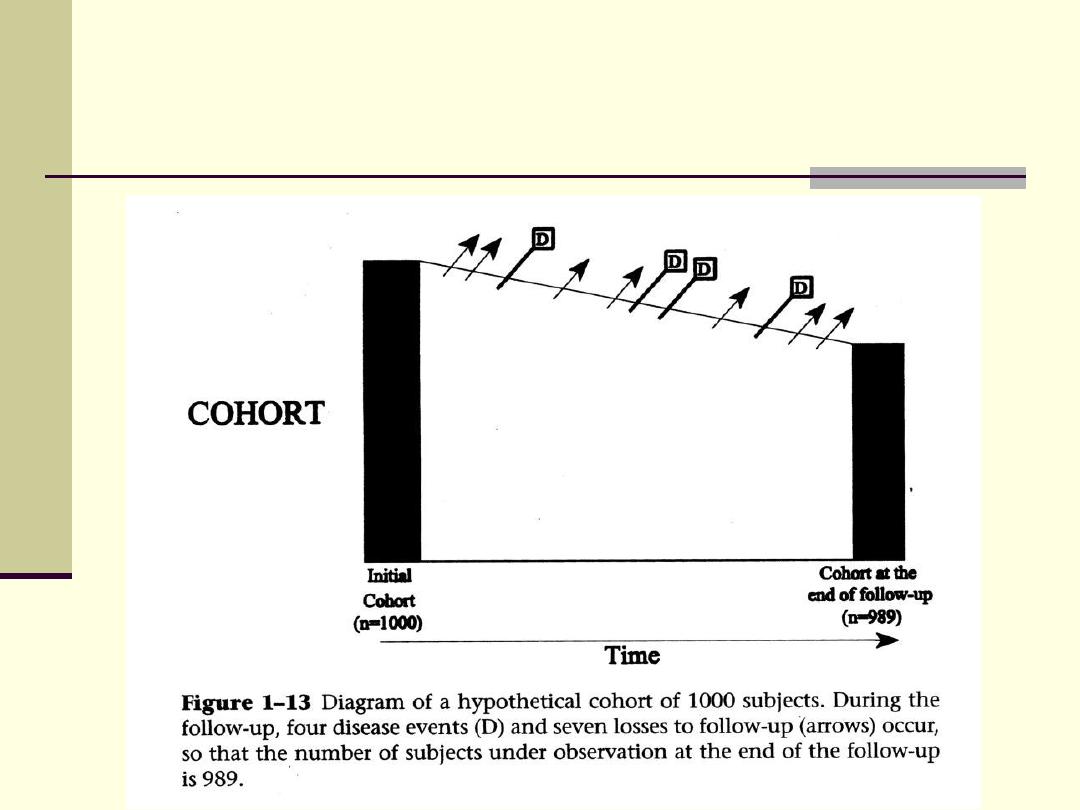
11
Cohort: a simplistic view
Szklo & Nieto. Epidemiology: beyond the basics. Aspen Publishers, 2000
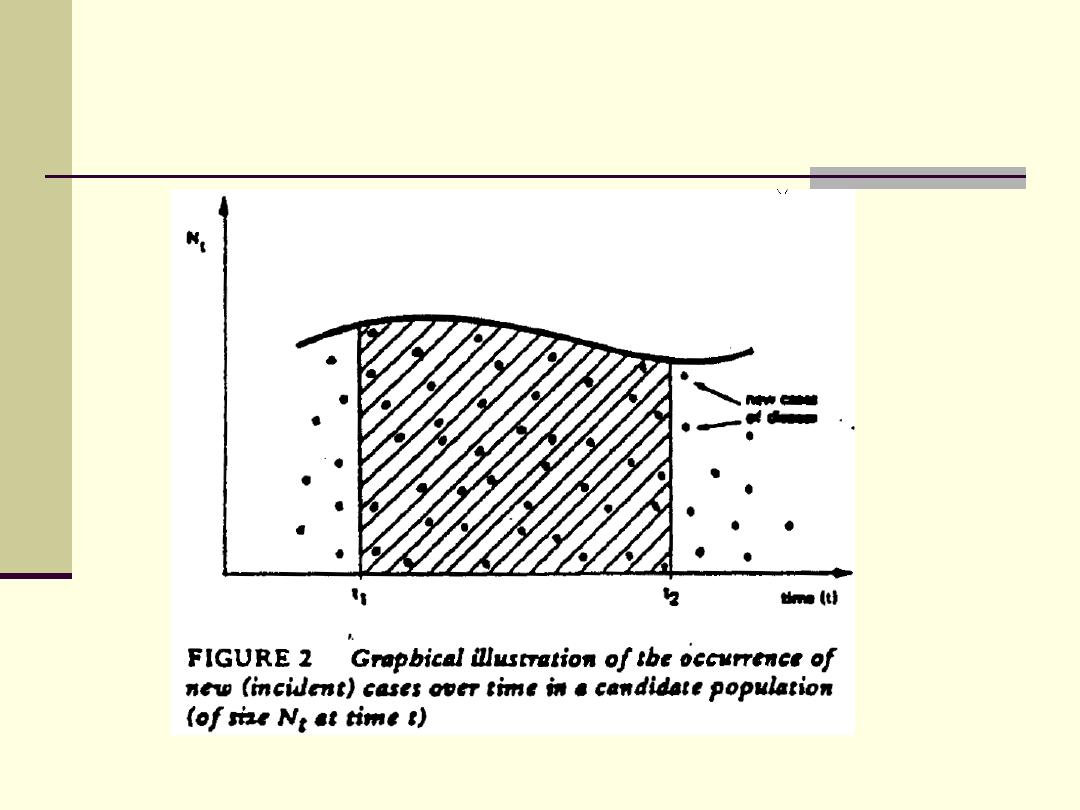
12
Morgenstern IJE 1980
A more sophisticated view: a “sea of
person-time” in which all events occur
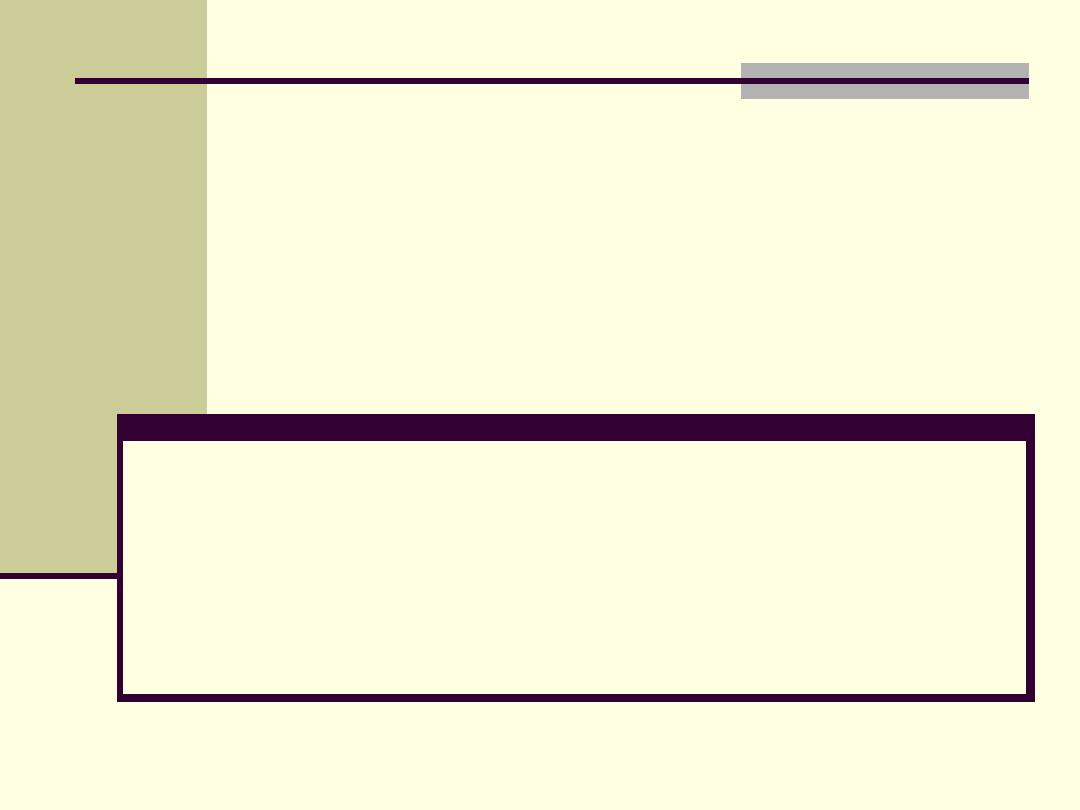
13
Experimental designs
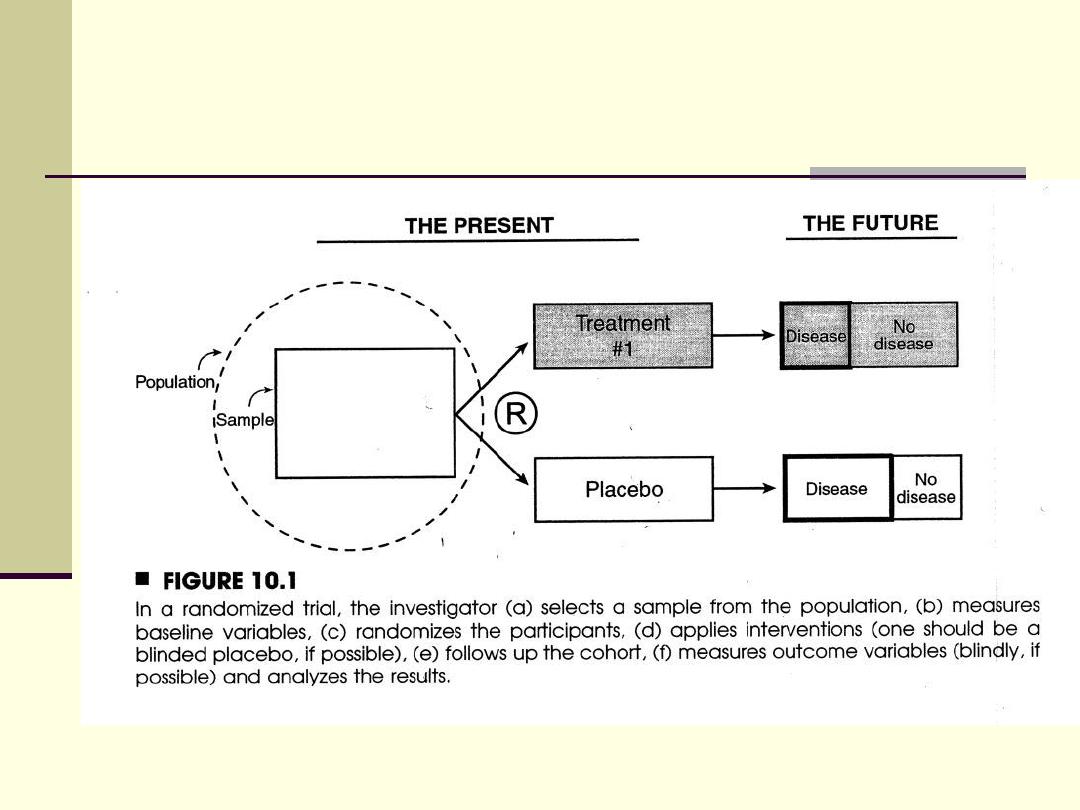
14
Simple, two-arm (parallel) RCT
Hulley et al. Designing Clinical Research. 2
nd
Edition. Lippincott Williams & Wilkins, 2001
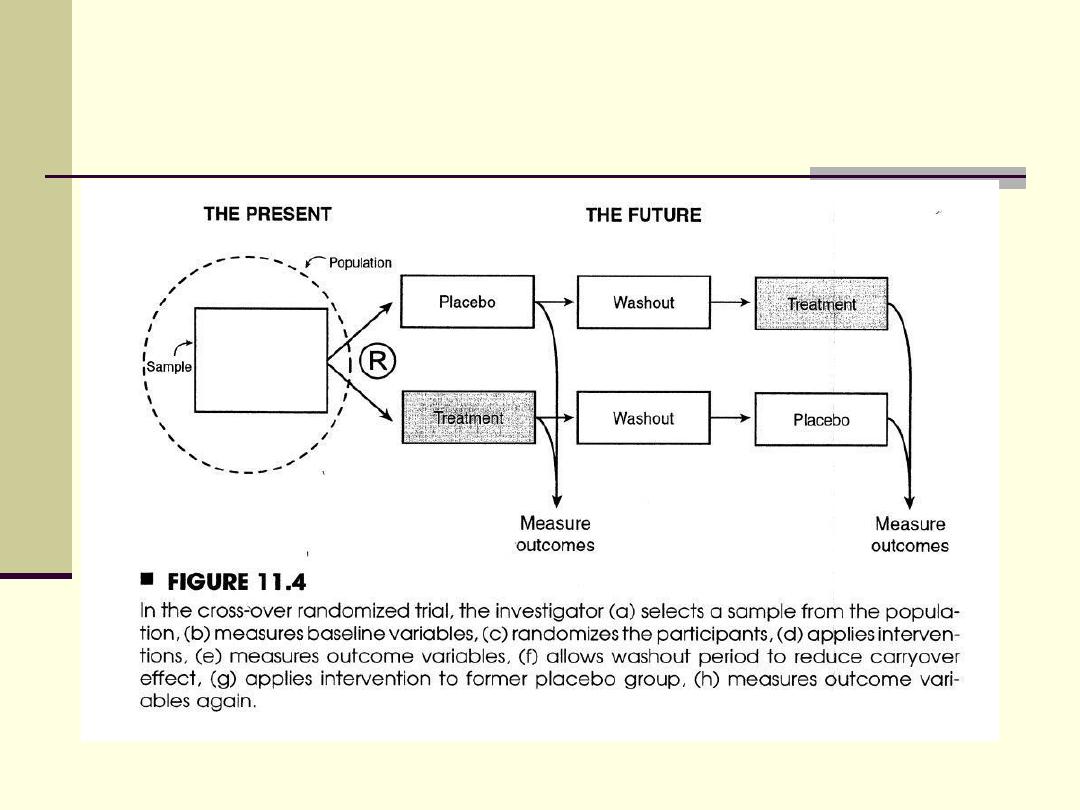
15
Cross-over RCT design
Hulley et al. Designing Clinical Research. 2
nd
Edition. Lippincott Williams & Wilkins, 2001
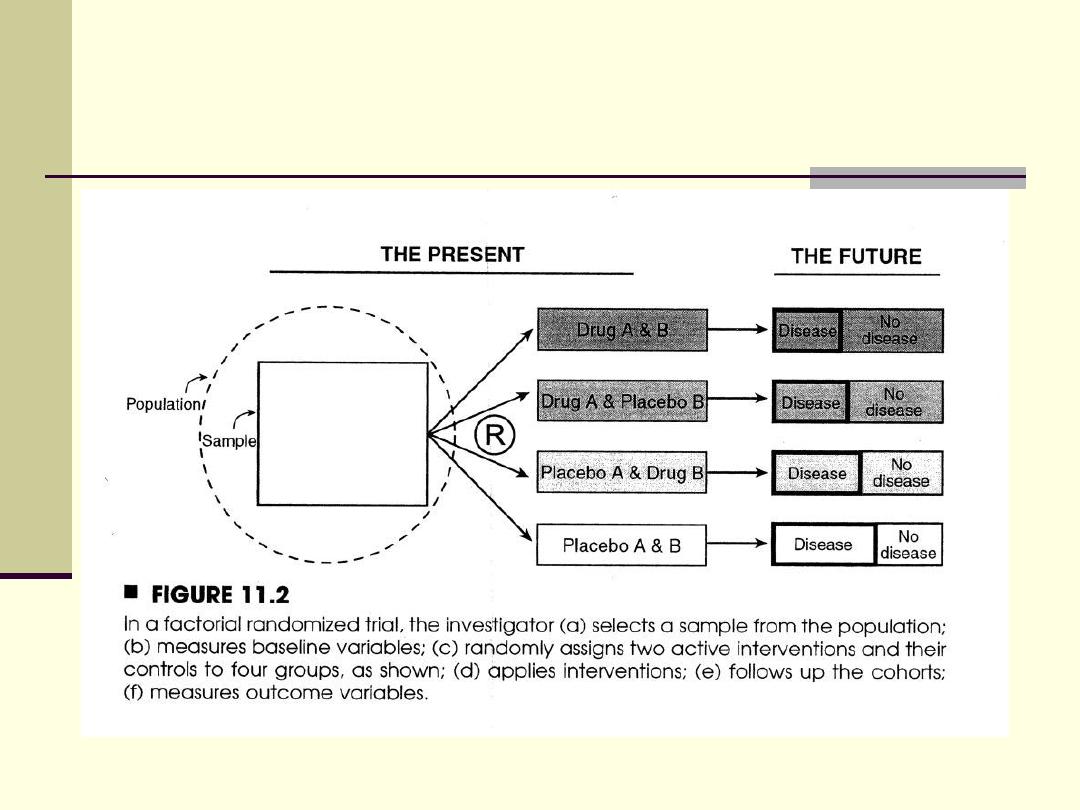
16
Factorial RCT design
Hulley et al. Designing Clinical Research. 2
nd
Edition. Lippincott Williams & Wilkins, 2001
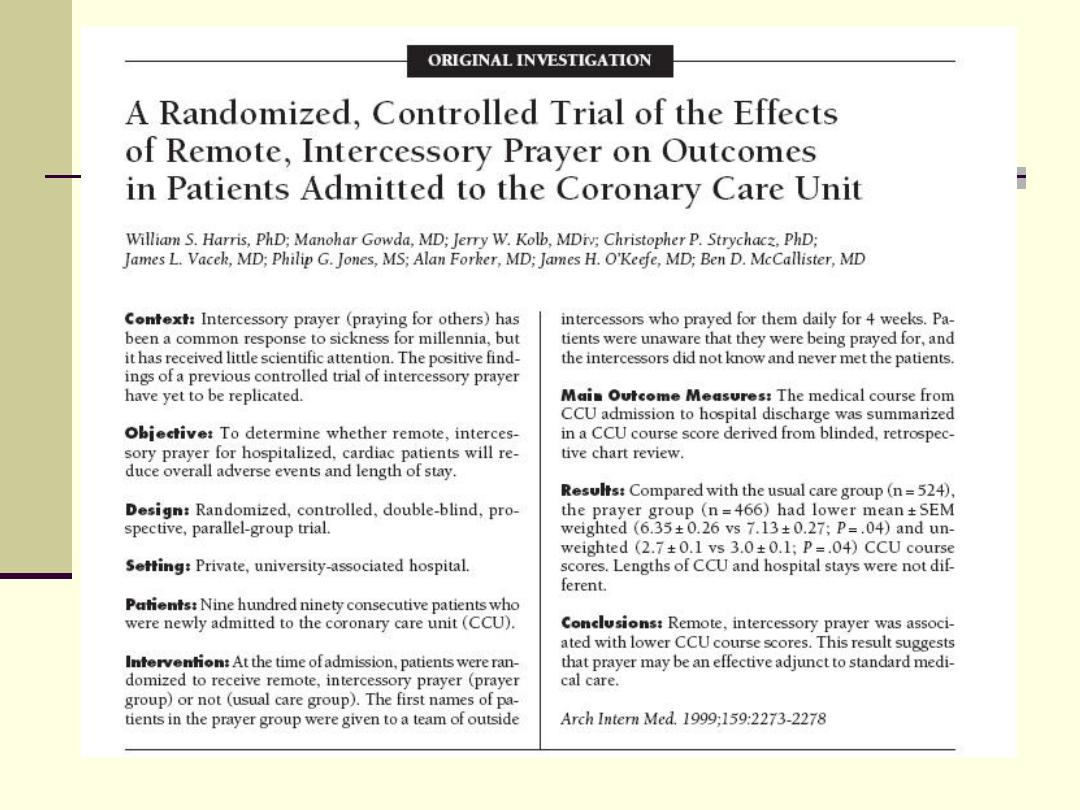
17
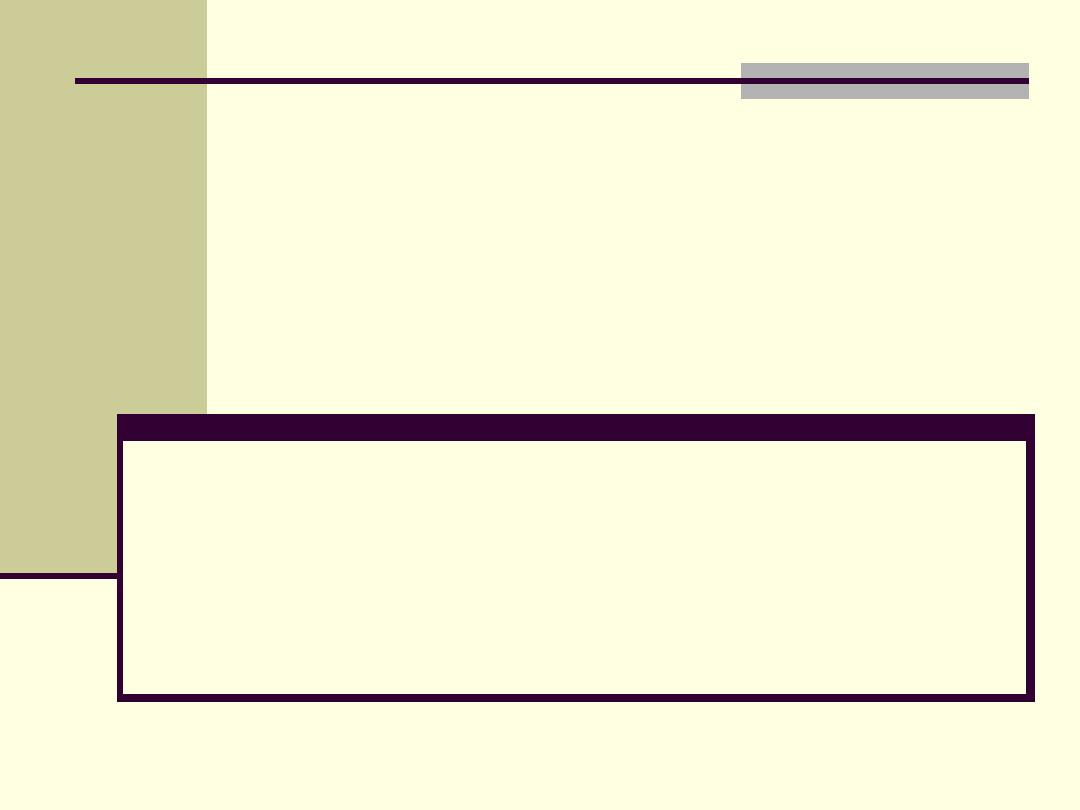
18
Non-experimental
(observational) designs
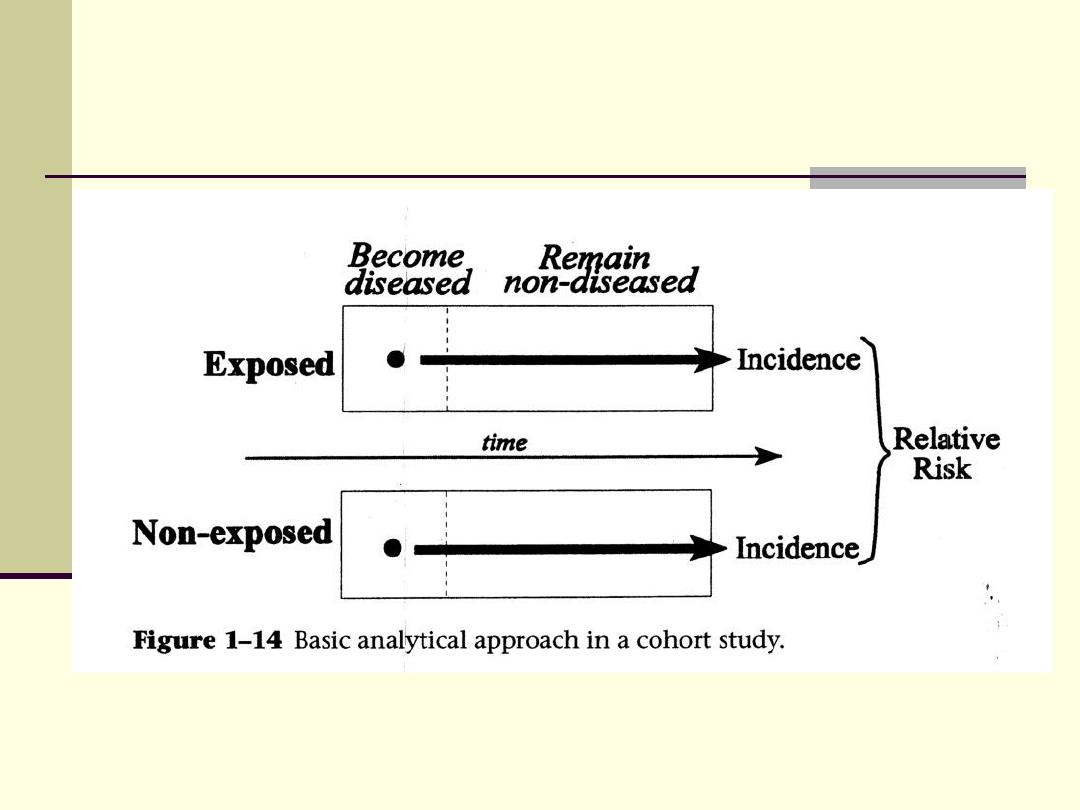
19
Cohort study
Szklo & Nieto. Epidemiology: beyond the basics. Aspen Publishers, 2000
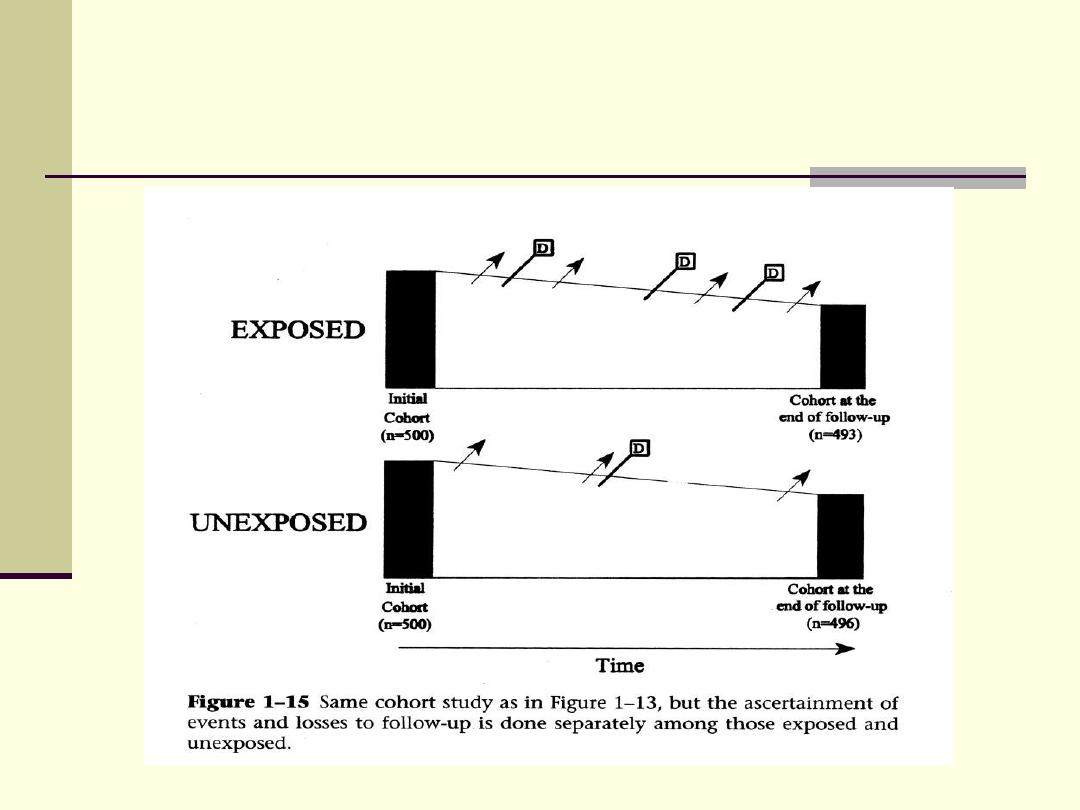
20
Cohort study
Szklo & Nieto. Epidemiology: beyond the basics. Aspen Publishers, 2000
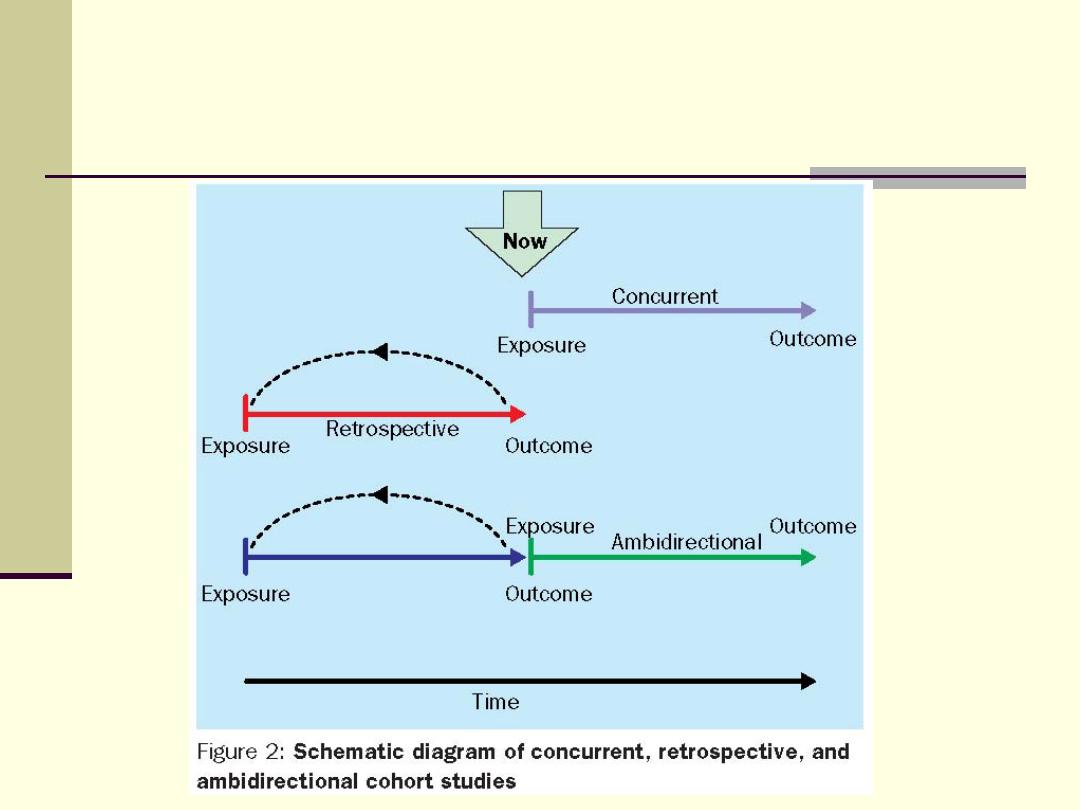
21
Variants of cohort design
Grimes et al. Lancet 2002;359:341-45

22
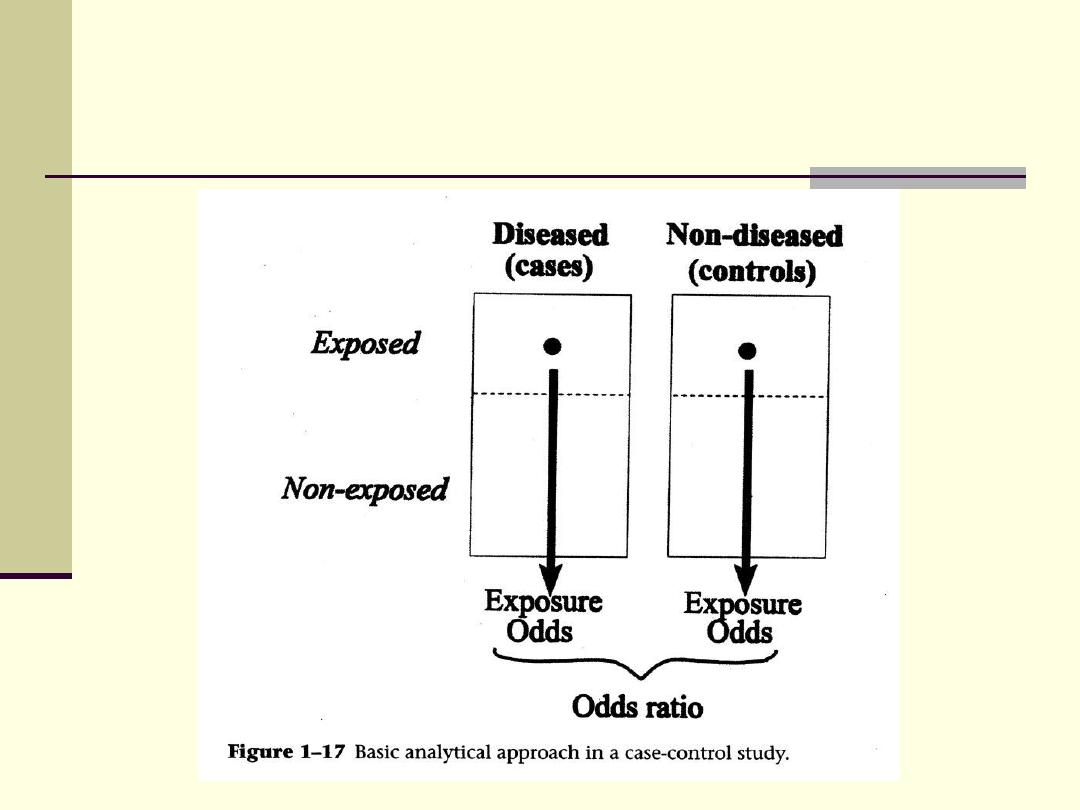
23
Case-control study
Szklo & Nieto. Epidemiology: beyond the basics. Aspen Publishers, 2000
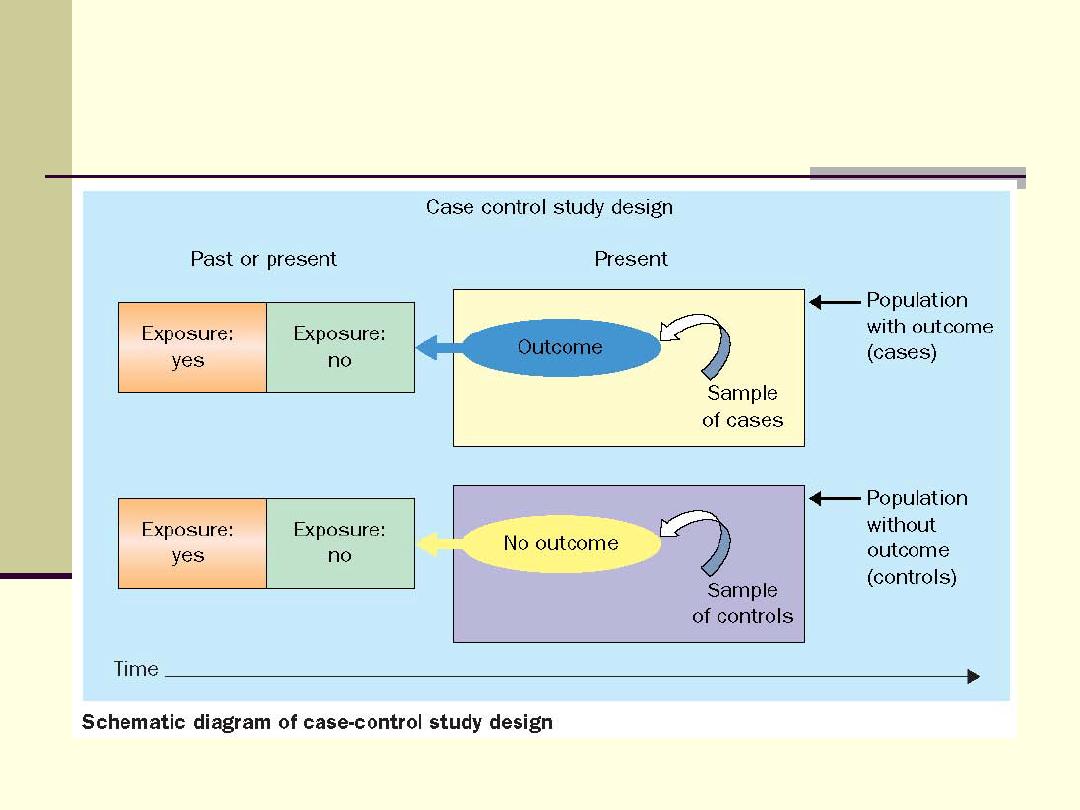
24
Case-control study
Grimes et al. Lancet 2002;359:431-34
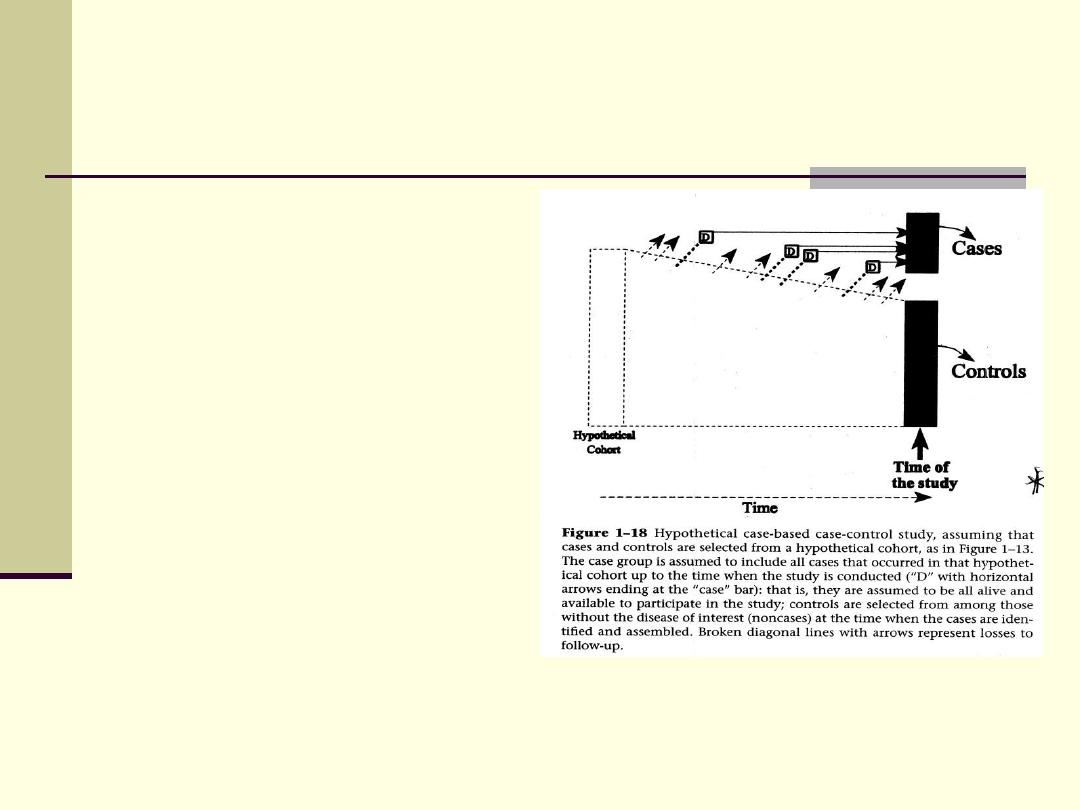
25
Control sampling strategies
1)
Cumulative sampling: from
those who do not develop the
outcome at the end of the study
period (i.e. from the “survivors”)
2)
Case-cohort (case-base; case-
referent) sampling: from the
entire cohort at baseline (start
of the follow-up period)
3)
Density sampling (risk-set
sampling): throughout the
course of the study, from
individuals at risk (“risk-set”) at
the time each case occurs
•Controls should be representative of the person-time distribution of exposure
(exposure prevalence) in the study base (i.e. be representative of the study base)
•Controls should be selected independent of the exposure

26
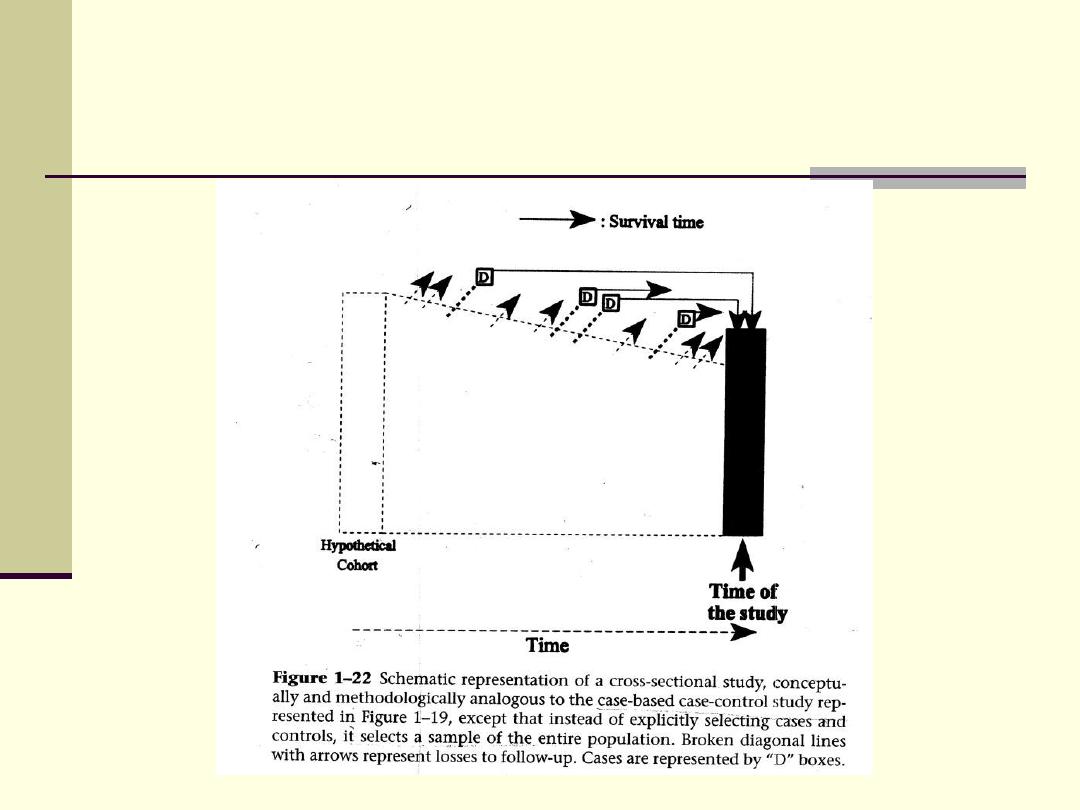
27
Cross-sectional study
Szklo & Nieto. Epidemiology: beyond the basics. Aspen Publishers, 2000
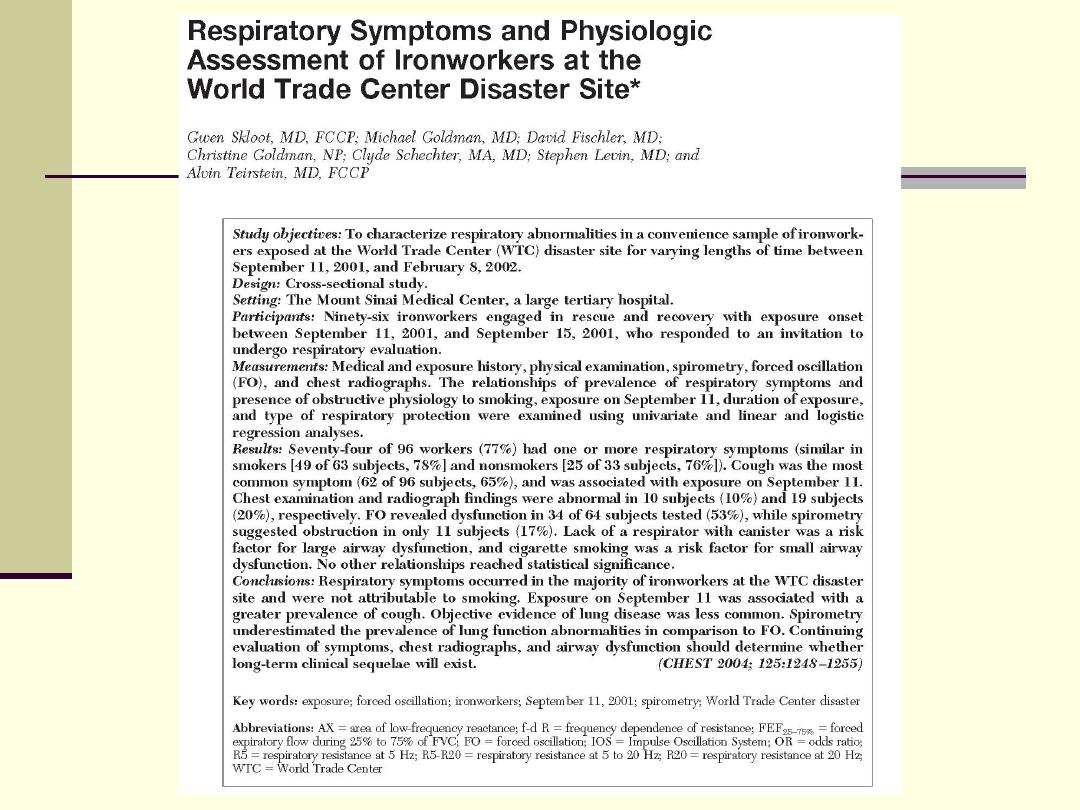
28

29
Ecologic Studies
Explores correlations between aggregate
(group level) exposure and outcomes
Unit of analysis: not individual, but clusters
(e.g. countries, counties, schools)
Useful for generating hypothesis
Prone to “ecological fallacy”
Cannot adjust well for confounding due to
lack of comparability (due to lack of data on
all potential covariates)
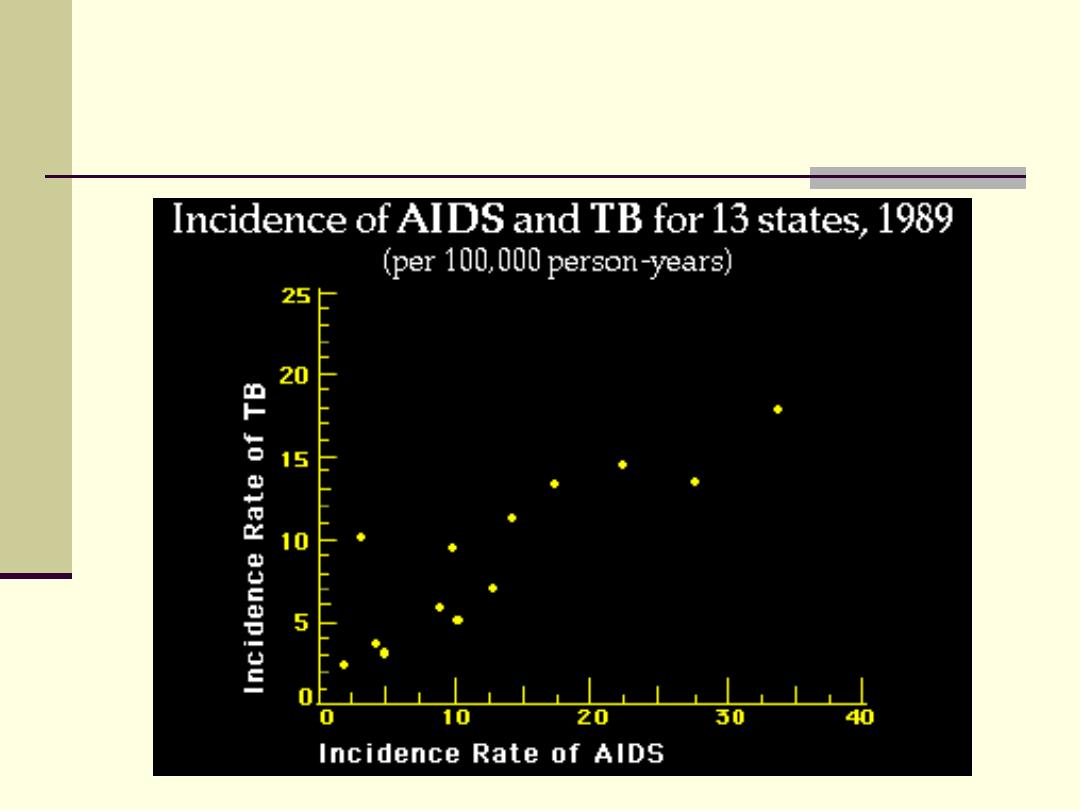
30
Ecologic Studies: Correlation
between TB and AIDS
Source: ActivEpi
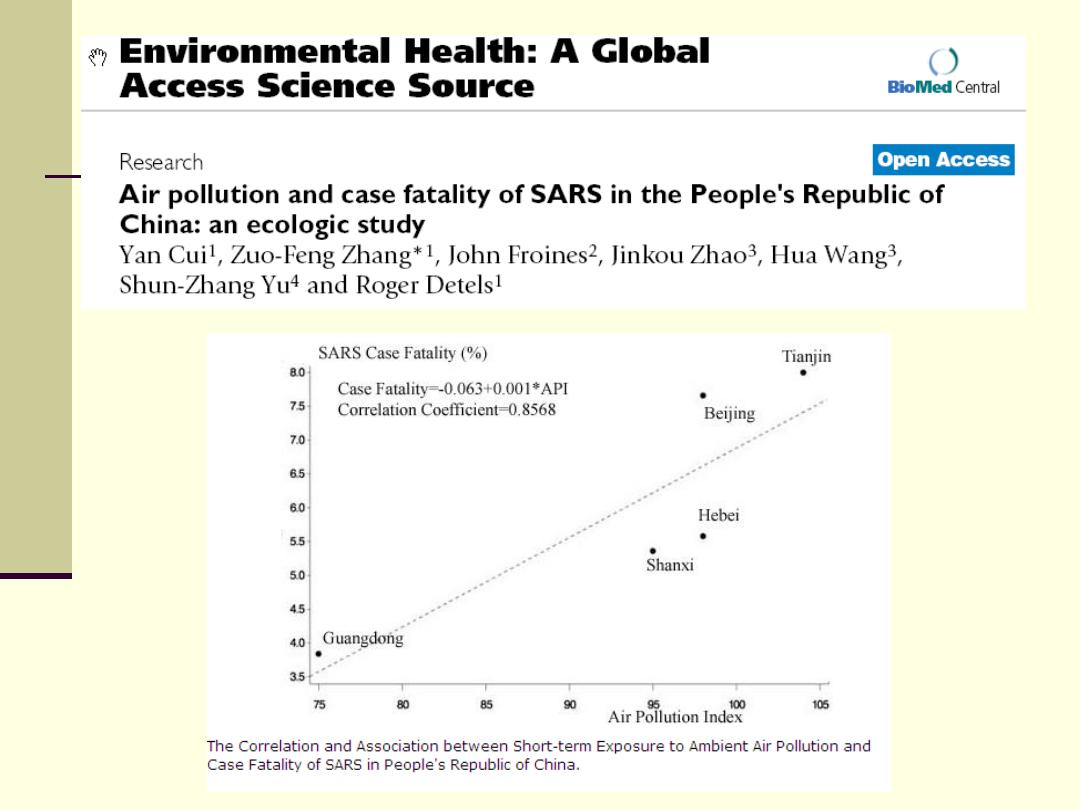
31
Cui et al. Environmental Health: A Global Access Science Source 2003

32
Monday’s declaration by the National Bureau of Economic Research (NBER) that the
US has been in a recession for more than a year is no surprise to buyers of Kraft
Macaroni & Cheese, whose purchases jumped last winter.
Sales of Kraft’s boxed mac-and-cheese rose to $193.1 million in the first quarter, 10
percent over the previous year, according to Information Resources Inc., a Chicago-
based market-data company. They remained above 2007’s level in the second and third
quarters as shoppers turned to cheaper options in a sagging economy.

33
Importance of the research question
“The question being asked determine the
appropriate study architecture, strategy and
tactics to be used - not tradition, authority,
experts, paradigms or schools of though.”
-
Sackett, Wennberg 1997
Good research starts with asking a clear, focused
research question.
How does one ask a focused research question?

34
How are these questions different?
Does aspirin improve survival after
myocardial infarction?
In patients with first episode, acute
myocardial infarction, does daily, low-dose,
oral aspirin lead to higher survival rates as
compared to placebo?

35
Types of questions (domains)
Etiology [cohort, case-control]
Therapy [RCT]
Prognosis [cohort]
Harm [cohort, case-control]
Diagnosis [cross-sectional, case-control]
Economic [cost-effectiveness analysis, etc.]
These domains are usually addressed by different
study designs
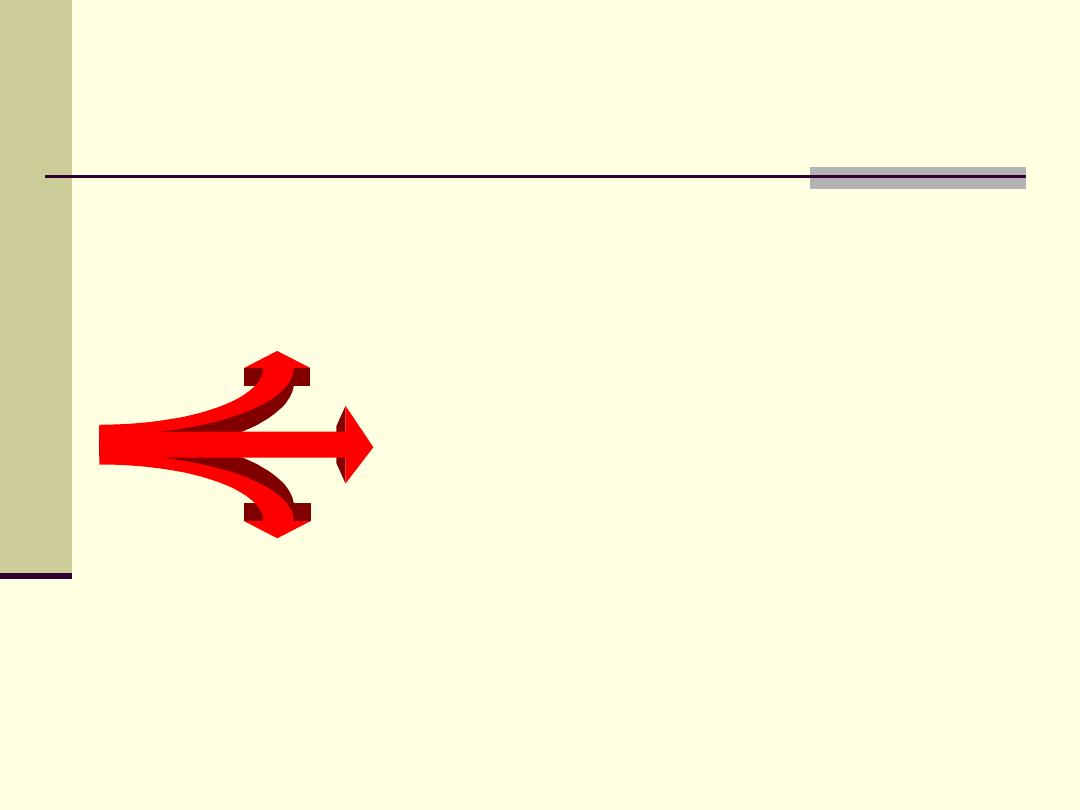
36
P
- Who is the patient or what problem is
being addressed?
I/E
- What is the intervention or
exposure?
C
– What is the comparison group?
O
- What is the outcome or endpoint?
Architecture of a focused question:
a 4-part review question
+ study design
Richardson et al. The well-built clinical question: a key to evidence-based decisions. ACP Journal Club 1995;A-12
Counsell C. Formulating questions and locating primary studies for inclusion in systematic reviews. Ann Intern Med 1997;127:380-7.
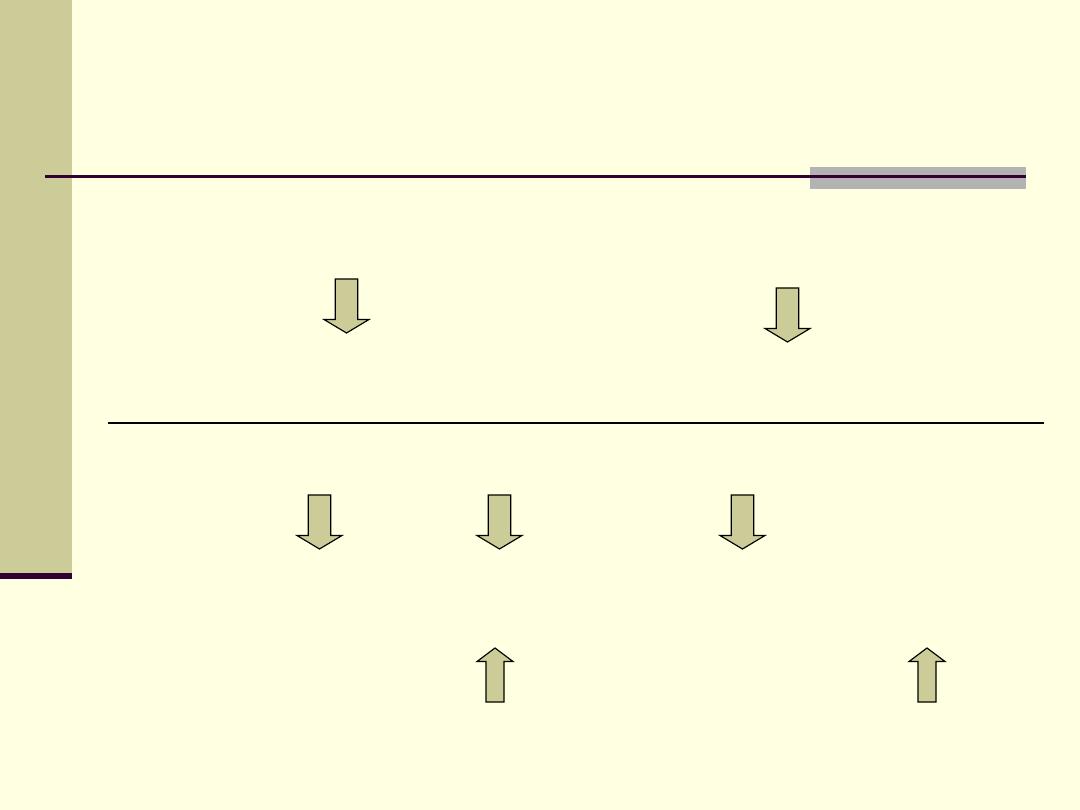
37
Formulation of a therapy question
Is Zinc effective in treating cold?
In children with common cold, is oral Zinc effective in
reducing the duration of symptoms, as compared to placebo?
Intervention
Outcome
Intervention
Patient/problem
Outcome
Comparison
+ RCTs
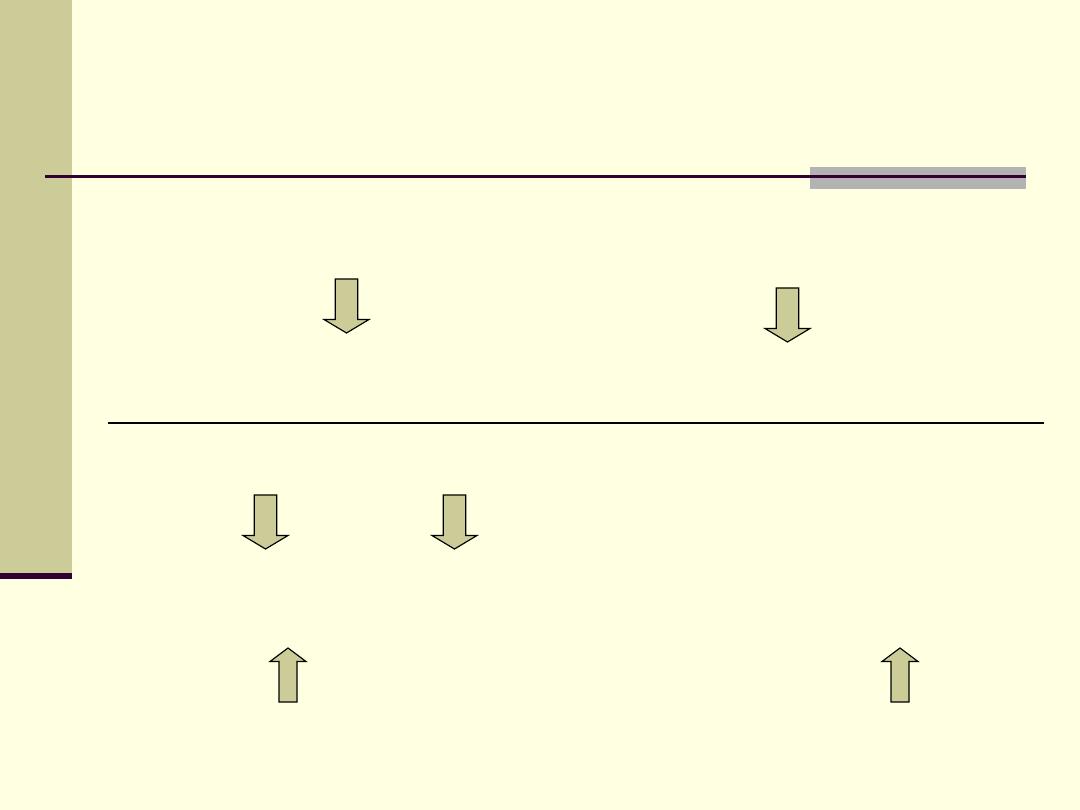
38
Formulation of an etiology question
Is alcohol a risk factor for dementia?
Are adults who drink regularly at a greater risk of developing
dementia as compared to those who do not drink at all?
Exposure
Outcome
Exposure
Patient
Outcome
Comparison
+ cohort & case-control studies
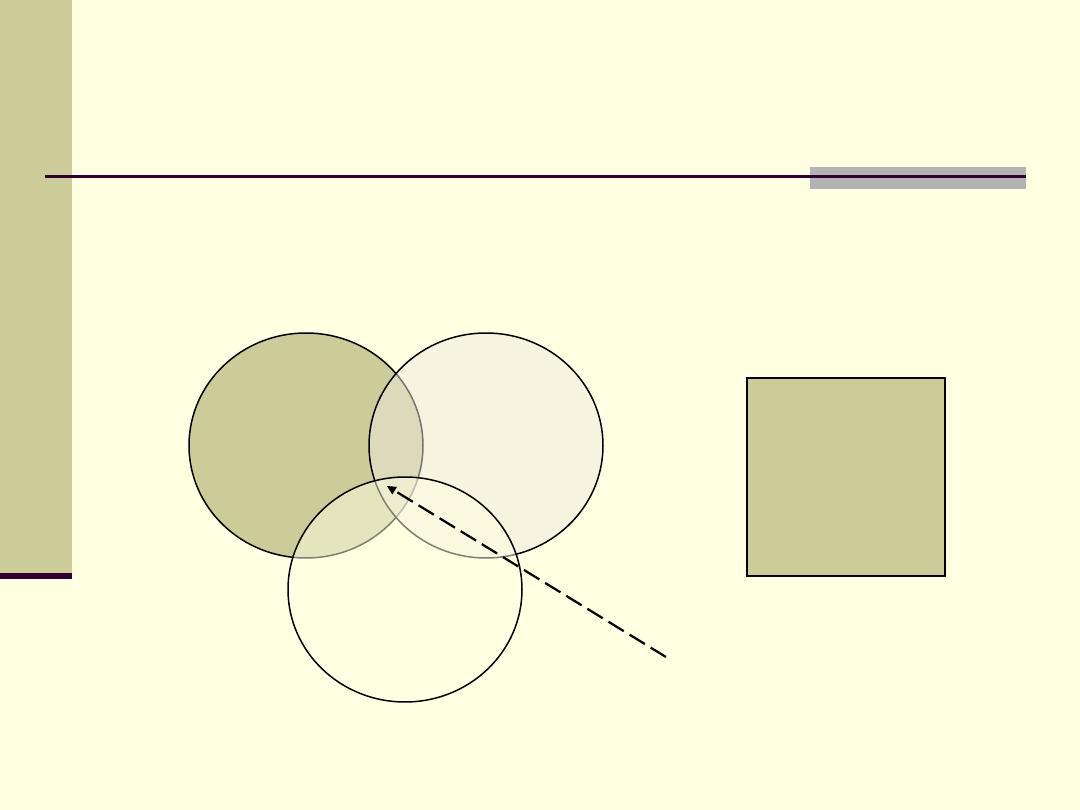
39
How a focused question also helps in
searching for studies
Patient
or Problem
Intervention &
comparison
Outcome
Study design
filters
+
PICO + STUDY DESIGN FILTER
Studies most likely to address the question
ALL OF YOU
MUST
LEARN HOW TO SEARCH PUBMED!

40
Readings for this week and next
Rothman text:
Chapter 3: Measuring disease
occurrence and causal effects
Chapter 4: Types of epidemiologic
study
Gordis text:
Chapter 2: Dynamics of disease
transmission
Chapter 3 & 4: Measuring the
occurrence of disease
For ‘extra credit’: Asterix the Legionary
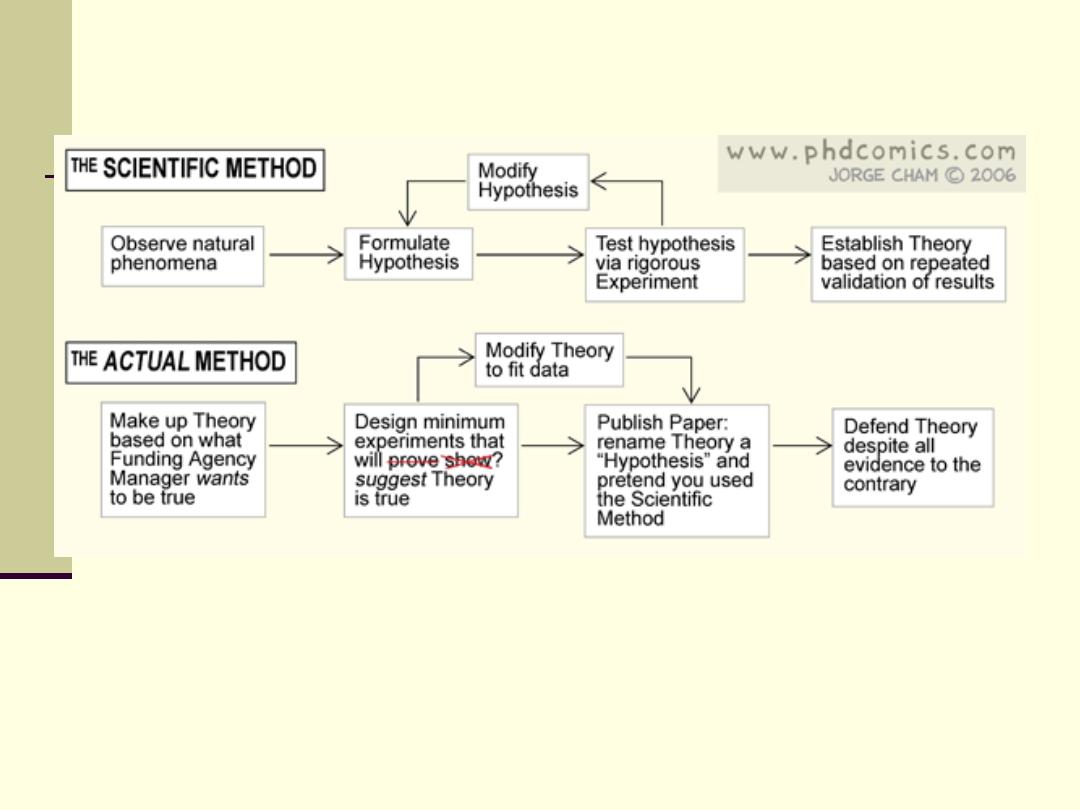
41
